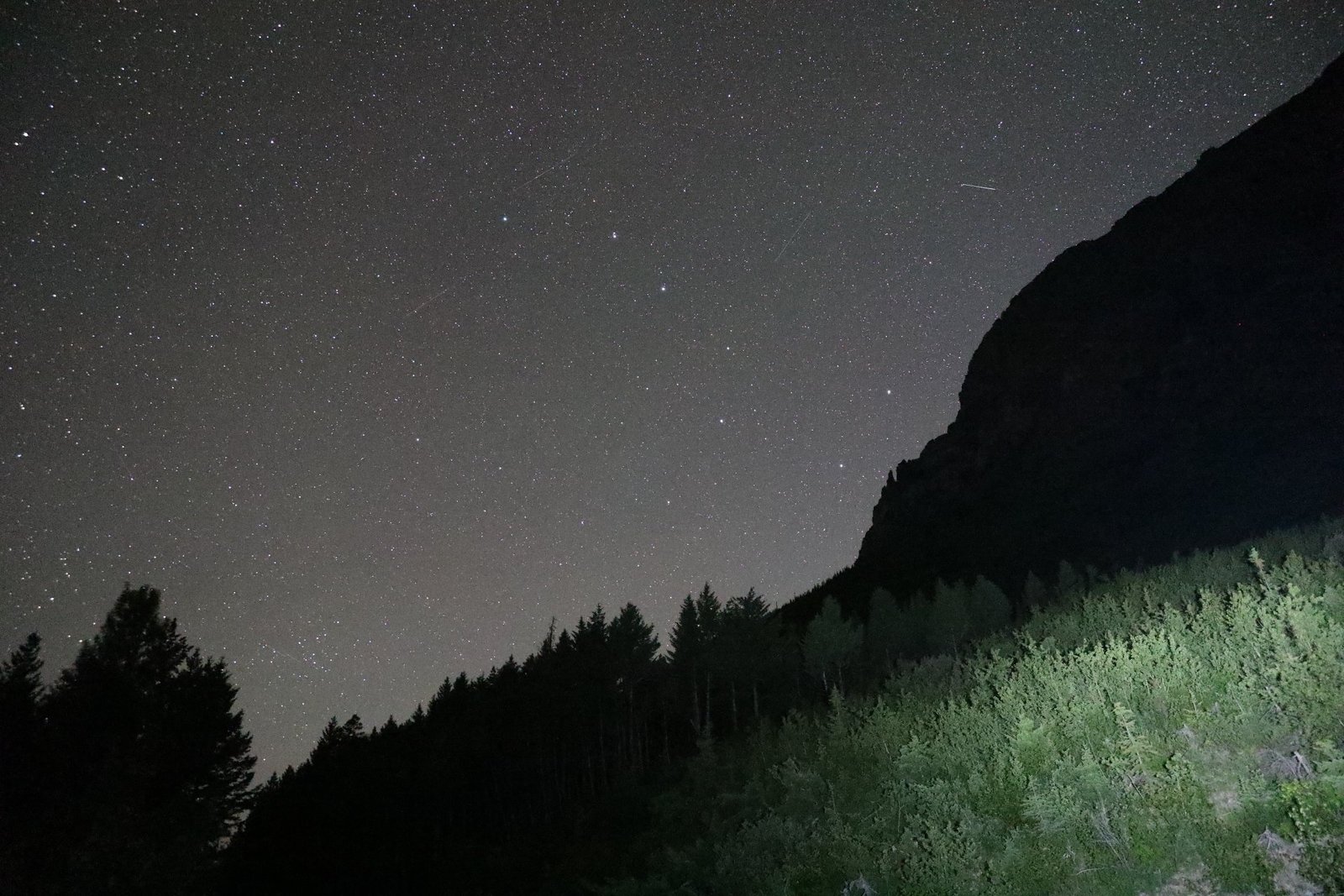Glacier National Park, located in Montana’s Rocky Mountains, is renowned for its diverse landscapes, including rugged mountains, pristine lakes, and alpine meadows. While not traditionally ‘barren’, the park features stark, rocky terrains shaped by glacial activity. These areas, often at higher elevations, showcase unique geological formations, support specialized wildlife, and offer challenging hiking trails. This article delves into the fascinating aspects of Glacier National Park’s more austere environments, exploring their geology, ecology, and recreational opportunities.
What Characterizes the Barren Landscapes of Glacier National Park?

Glacier National Park’s seemingly barren areas are primarily found in its alpine and subalpine regions. These landscapes are characterized by:
- Rugged, rocky terrain shaped by glacial activity
- Sparse vegetation due to harsh climate conditions
- Dramatic geological features including U-shaped valleys, cirques, and moraines
- Thin, nutrient-poor soils derived from weathered sedimentary and metamorphic rocks
The park’s elevation ranges from about 3,150 feet in the valleys to over 10,466 feet at the summit of Mount Cleveland. This variation in altitude contributes to the diversity of landscapes, including the more barren, high-elevation areas.
Geological Features of Glacier National Park’s Barren Areas
The park’s geology is dominated by the Belt Series, a sequence of sedimentary rocks over 1.4 billion years old. Key formations include:
- Grinnell Formation: Characterized by red argillites with interbedded white quartzite layers
- Siyeh Formation: A thick limestone formation with distinctive fossil algae beds
These formations are visible along many of the park’s trails and roadways, offering visitors a glimpse into the area’s ancient geological history.
What Wildlife Thrives in Glacier National Park’s Barren Regions?

Despite the harsh conditions, Glacier National Park’s more austere environments support a variety of wildlife species adapted to these challenging habitats:
| Species | Habitat | Notable Adaptations |
|---|---|---|
| Grizzly Bears | Various, including higher elevations | Hibernation, omnivorous diet |
| Mountain Goats | Steep, rocky terrain | Specialized hooves, thick fur |
| Bighorn Sheep | Mountainous regions | Agility on steep terrain, keen eyesight |
| Pikas | Alpine regions | Cold-resistant, food caching behavior |
These animals have developed unique adaptations to survive in the park’s more challenging environments, including thick fur coats, specialized diets, and hibernation behaviors.
What Are the Primary Trails in Glacier National Park’s Barren Areas?
Glacier National Park offers several trails that traverse its more rugged and sparsely vegetated areas:
- Grinnell Glacier Trail
- Length: 10.6 miles round trip
- Difficulty: Strenuous
-
Features: Views of Grinnell Glacier, folded quartzite and argillite layers
-
Highline Trail
- Length: 7.6 miles one way
- Difficulty: Moderate to strenuous
-
Features: Narrow cliffside path, views of Bird Woman Falls
-
Iceberg Lake Trail
- Length: 9.3 miles round trip
- Difficulty: Moderate
- Features: Alpine meadows, picturesque glacial lake
These trails offer hikers the opportunity to experience the park’s more barren landscapes up close, providing stunning views and unique geological features.
How Did Glacier National Park’s Barren Areas Form?
The formation of Glacier National Park’s barren areas is the result of several geological processes:
- Deposition of sedimentary rocks (Belt Series) over 1.4 billion years ago
- Tectonic uplift and faulting, forming the park’s mountain ranges
- Pleistocene glaciation, shaping the landscape into its current form
The most recent and significant event was the Pleistocene glaciation, which carved out the park’s iconic U-shaped valleys, cirques, and tarns. This glacial activity is responsible for much of the park’s current topography, including its more barren, rocky areas.
What Unique Plant Life Exists in Glacier National Park’s Barren Regions?
Despite the harsh conditions, Glacier National Park’s barren areas support a variety of plant life adapted to these challenging environments:
- Alpine forget-me-not: A small, blue flower that thrives in rocky areas
- Whitebark pine: A hardy tree species found at high elevations
- Alpine beargrass: A tall, white-flowered plant common in subalpine meadows
- Moss campion: A low-growing plant that forms dense cushions in rocky areas
These plants have developed specialized adaptations to survive in the park’s more austere environments, including compact growth forms, deep root systems, and resistance to cold and wind.
How Can Visitors Safely Explore Glacier National Park’s Barren Landscapes?
When exploring Glacier National Park’s more rugged areas, visitors should:
- Be prepared for rapidly changing weather conditions
- Carry adequate water and food supplies
- Wear appropriate footwear and clothing
- Stay on designated trails to protect fragile ecosystems
- Be aware of wildlife and maintain a safe distance
- Inform others of your hiking plans and carry emergency supplies
By following these guidelines, visitors can safely experience the unique beauty of Glacier National Park’s barren landscapes while helping to preserve them for future generations.
What Conservation Efforts Protect Glacier National Park’s Barren Areas?
Glacier National Park employs various conservation strategies to protect its more fragile ecosystems:
- Trail maintenance and erosion control measures
- Visitor education programs on Leave No Trace principles
- Restrictions on off-trail travel in sensitive areas
- Monitoring of plant and animal populations
- Climate change research and adaptation planning
These efforts aim to balance visitor access with the preservation of the park’s unique barren landscapes and the ecosystems they support.
In conclusion, while Glacier National Park is not traditionally considered ‘barren’, its rugged, high-elevation areas offer a unique and awe-inspiring landscape. From the ancient geological formations to the specialized wildlife and plant species, these areas provide visitors with a glimpse into the raw beauty of nature and the resilience of life in challenging environments. By understanding and appreciating these landscapes, we can better protect and preserve them for future generations to explore and enjoy.
References:
1. https://www.nps.gov/parkhistory/online_books/glac/3/sec3.htm
2. https://npshistory.com/handbooks/cooperating_associations/glac/gnha-3-1957.pdf
3. https://www.nps.gov/glac/learn/nature/geologicformations.htm